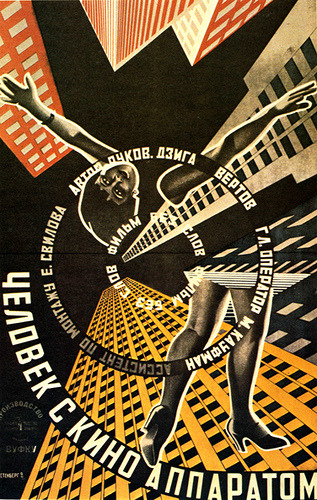This Photo shows Gregor's room to look like a cocoon, it has bits and bobs from his previous human life intertwined with his new bug life. the stringy web-like formations contain things like light fittings etc.
I think this is quite an interesting, literal take on the room. However as our set would be for a film, and needs to present constructivism and expressionism; we will need to keep the room looking room like, with jsut some alterations to show that a bug is clearly living there. i do like how the little chinks of light are spilling through though, this is what i imagine the lighting in his room to look like.
(http://www.hypnagogia.com/Book/IV/Metamorphosis/Metamorphosis11.jpg)
This image is from the theatre production "metamorphosis" this has more of a literal feel to it, more like what we want to convey in our set. Gregor has not turned into a bug, but his world has literally been turned upside down, out of sight. again though, i still dont think this is wholly appropriate for our set, as it needs to look realistic as if it were a film, as if these set of events have actually happened. furniture defying gravity doesnt really fit in too comfortably with this.
(http://static.guim.co.uk/sys-images/Arts/Arts_/Pictures/2006/10/05/kenton_metamorphosis3.jpg)
I know this is a country house, but it is very similar to what i imagine the Samsa's house looks like, a little rundown, lots of windows but still looks confined.
the dull colour scheme also matches up to the sort of thing we will be looking for when making our set. you can almost imaging being inside in complete darkness, with only the one stream of light from the sole window in the room. that feeling of mystery and creepiness is what i want the window to give off.
(http://k43.pbase.com/o6/39/795239/1/94317235.zjvGWdOl.GothicWindowHouseSM.JPG)
This window is pretty perfect for the look we are going for, it has clear inputs of Art Nouveau and Gothic style. it is all worn and run down and the beiges and browns will work perfectly for the colour scheme.
(http://historo.files.wordpress.com/2009/11/dp_25nov09s.jpg?w=500&h=667)
This is a really excellent example of a town house in eastern europe from the late 19th century. it has been renovated but the original looka nd feel of the building will be useful for this research.
The windows are very long and have several panels in them. However, I need to include some 'bug' in the design as we are following an art nouveau theme, and this can be adapted to feature subtle insect designs.
(http://www.google.co.uk/imgres?imgurl=http://historo.files.wordpress.com/2009/11/dp_25nov09s.jpg%3Fw%3D500%26h%3D667&imgrefurl=http://historo.wordpress.com/2009/11/&usg=__U38bLgBQqpf5HpL4FVeui1GrSIw=&h=667&w=500&sz=139&hl=en&start=11&zoom=0&um=1&itbs=1&tbnid=yuhkBT-R2ApIdM:&tbnh=138&tbnw=103&prev=/images%3Fq%3Dgothic%2Bwindow%2Btownhouse%2Bart%2Bnouveau%26um%3D1%26hl%3Den%26sa%3DN%26rlz%3D1T4ADFA_enGB367GB367%26tbs%3Disch:1&ei=JH2PTZnOBpKwhAff-LDGDg)



